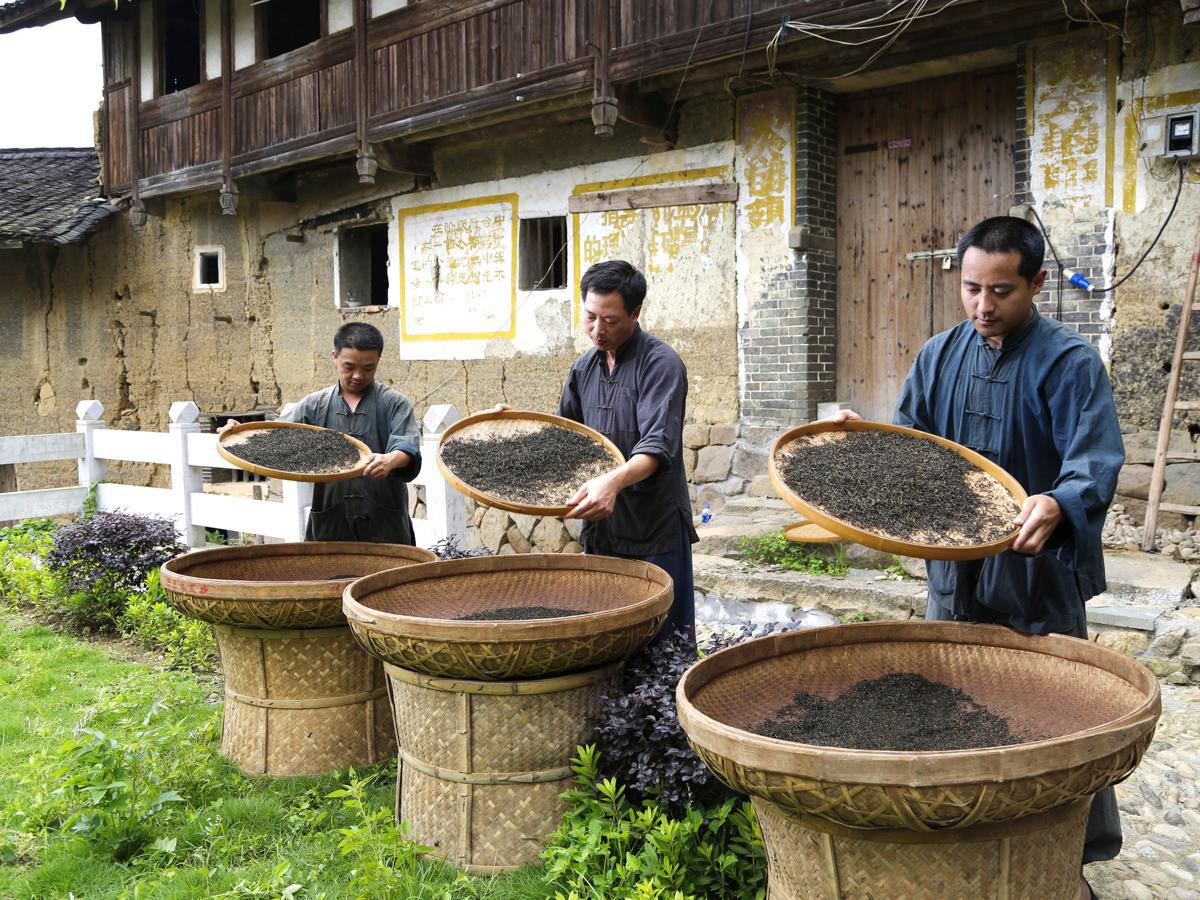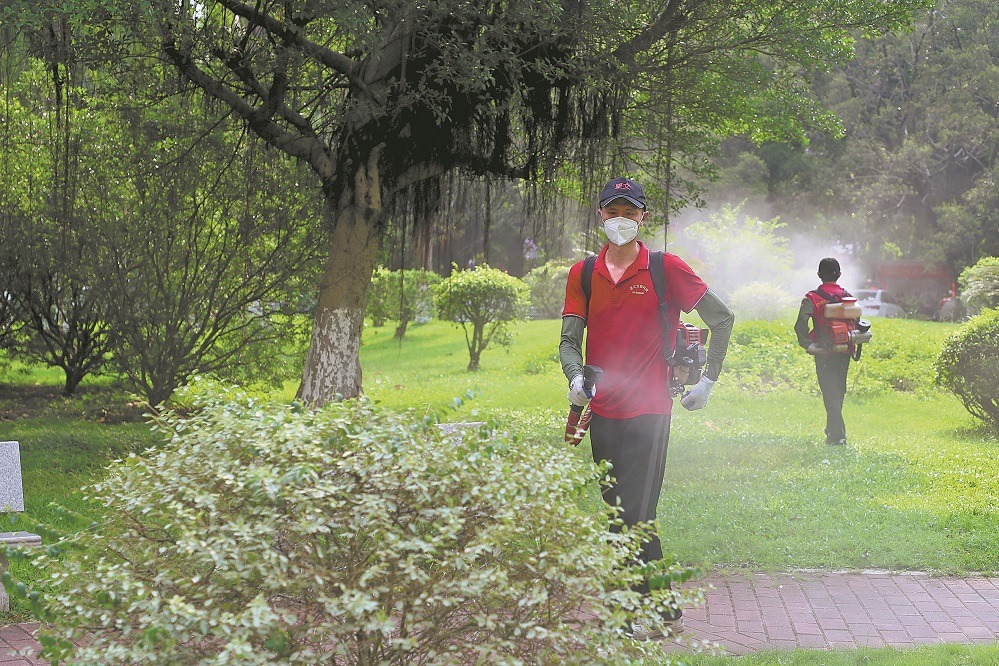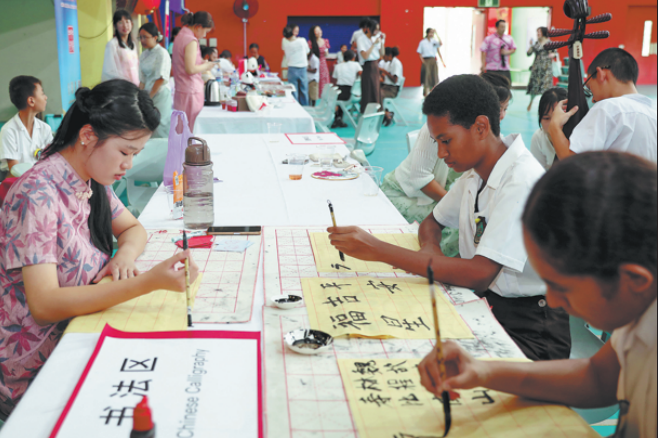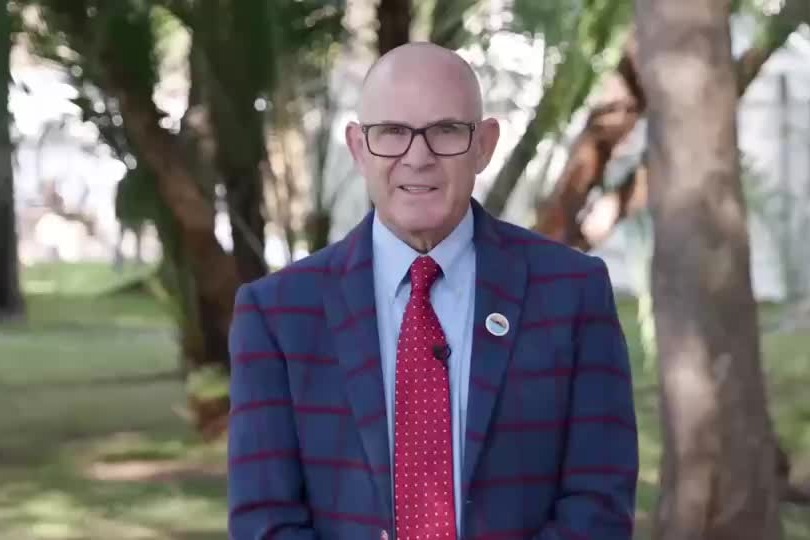Tea village uses innovation to brew fresh future in Fujian
New flavors and products expand consumer market for Tanyang tea


Modern twist
Tanyang village, famous for its Tanyang Gongfu black tea originating during the Qing Dynasty (1644-1911), historically benefited from climate conditions and fertile soil. By the late 19th century, Tanyang Gongfu tea had become one of China's earliest teas exported to Europe. It gained international recognition, winning awards at global expos and earning a reputation as one of the finest Chinese black teas.
At its peak, the village thrived with over a hundred tea merchants, and its products were shipped to destinations worldwide.
Zhang Juxiang, owner of a teahouse in the village, explained that Tanyang Gongfu tea comes in two main types: traditional and innovative. The traditional varieties use local tea leaves and adhere to time-honored processing methods, resulting in a mellow, rich brew with a strong aftertaste that appeals to seasoned tea drinkers.
In contrast, the innovative versions are crafted from improved cultivars and refined techniques, yielding a naturally sweet tea with a distinctive floral aroma. "Many first-time visitors are surprised," she said. "They often say, 'This doesn't even taste like tea; it smells like perfume'."
According to Li Qingqing, Party secretary of Tanyang, the village has faced challenges in the past years, including low value-added tea production and youth out-migration. However, new businesses are breathing new life into this time-honored tea village, blending tradition and modernity to give the centuries-old black tea fresh cultural significance and consumer appeal.
"Tanyang has leveraged the industry to lift itself out of poverty and achieve growth," Li said. "We are improving planting and processing techniques, developing new-style tea beverages and encouraging young people to return and start businesses — so that tea can generate even greater value."
Shared prosperity
Moreover, Tanyang's transformation is also fueled by collaboration between the village and local enterprises. Li said Tanyang adopts a business model with the village handling facilities and enterprises managing operations. This approach consolidates scattered resources under professional management, creating a win-win outcome for the village, residents and businesses.
In recent years, Tanyang has focused on integrating tea culture with tourism while piloting an operation model that involves the entire village, as over 70 percent of its residents work in the tea industry. Currently, the village is home to 35 tea factories and workshops, as well as 18 tea shops and teahouses.
In 2024, the total output value of tea in Tanyang reached 110 million yuan, and the villagers' collective revenue amounted to 2.13 million yuan while the villager's per capita disposable income was 36,126 yuan.
To leverage greater synergies, the local government initiated the "Greater Tanyang" zone, a rural vitalization initiative that connects Tanyang with six nearby villages, bringing benefits to 2,886 households and 9,363 people. These villages share geographic, cultural and industrial ties, which offer strong complementarities, enhancing the overall development and integration of the region.
Chen Pingzhe, Liu Yubo, Sun Hang and Gao Kejing contributed to this story.
jihaisheng@chinadaily.com.cn
























